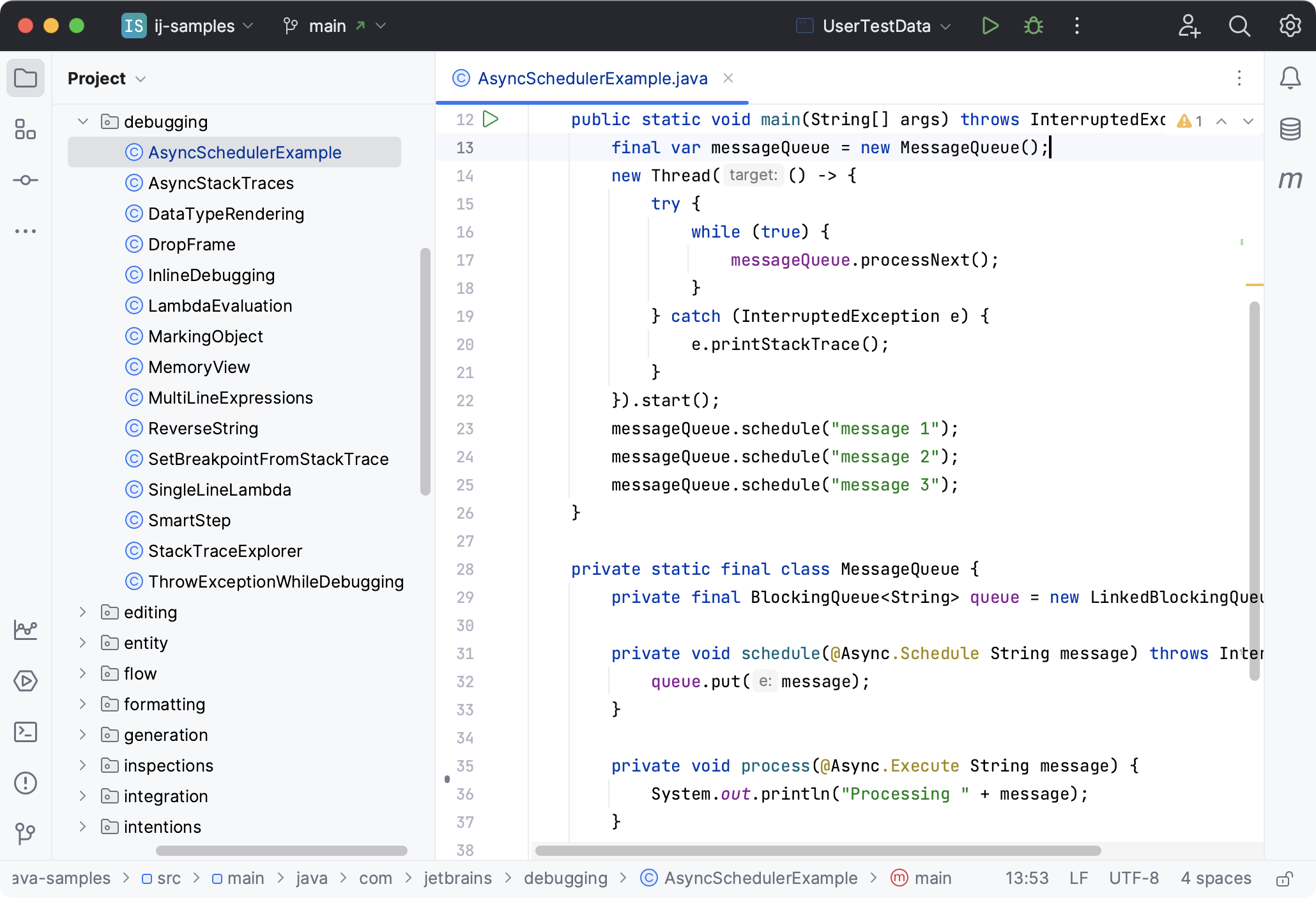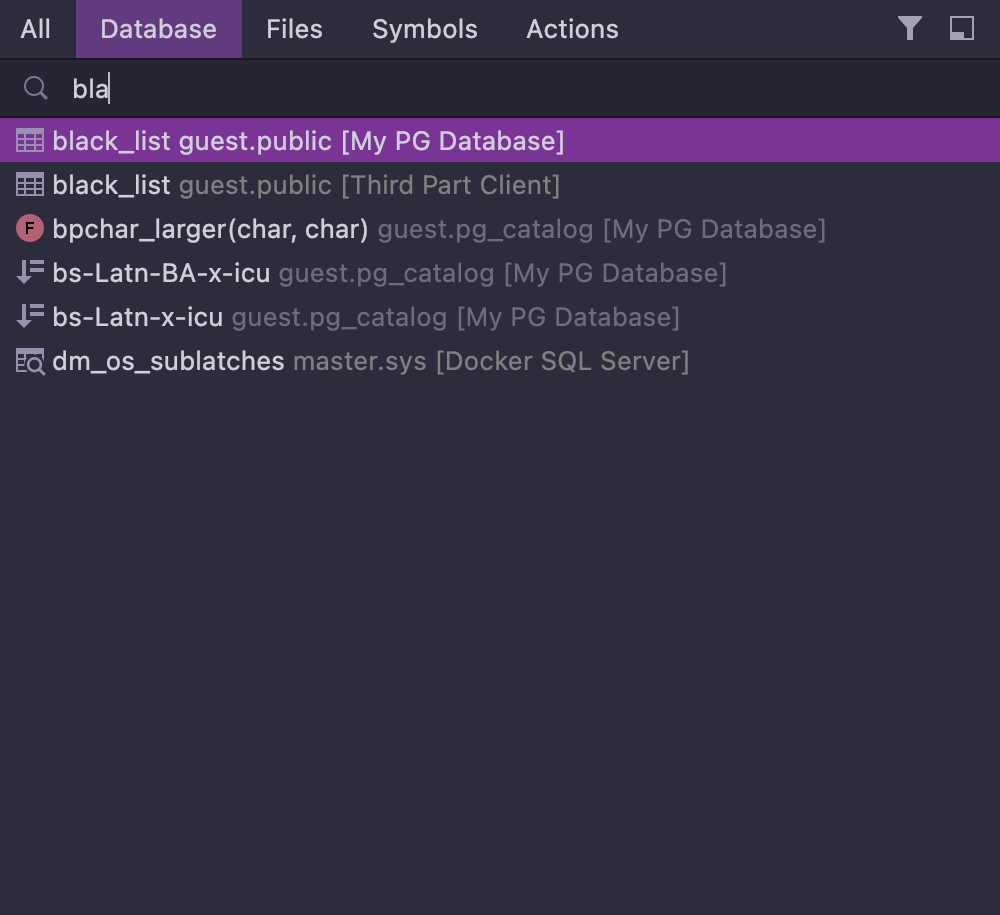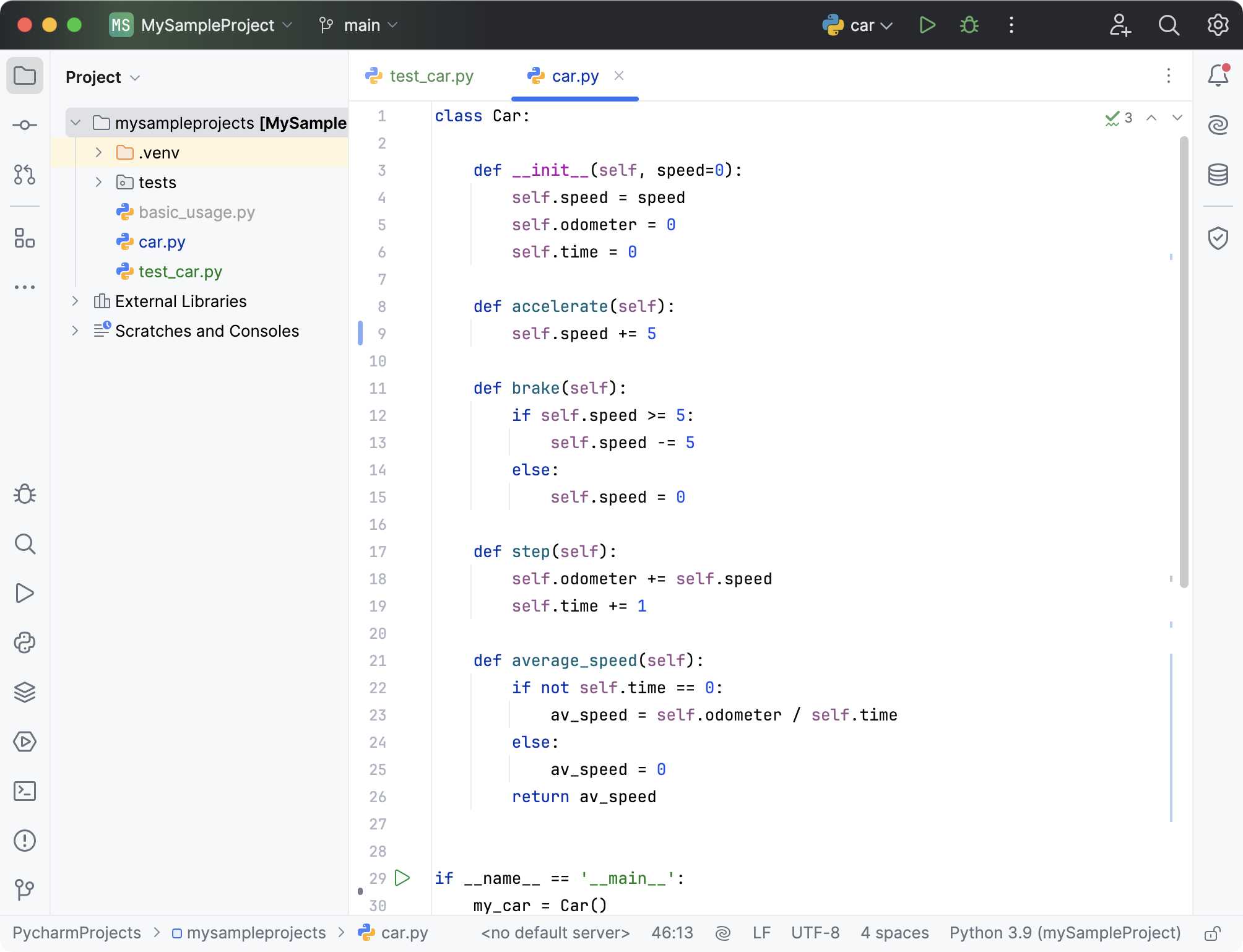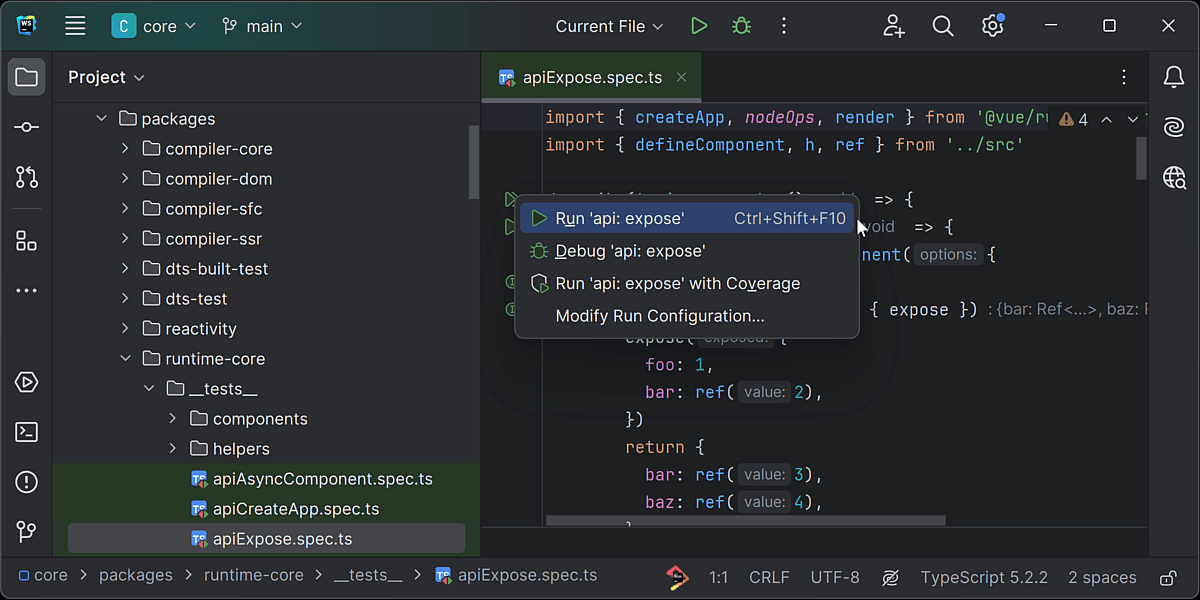Look, I'll cut through the marketing bullshit. JetBrains IDEs are expensive, memory-hungry beasts that take 45 seconds to start up. But they're also the closest thing to mind-reading when it comes to understanding your code.
The Refactoring That Actually Works

Here's when I became a convert: had to rename this method scattered across our entire Spring Boot codebase. In VS Code, that's find-and-replace hell followed by 3 hours of chasing broken imports and wondering what you missed. In IntelliJ, I right-clicked the method, hit "Refactor → Rename", typed the new name, and it updated everything—including XML config files, property references, and even comments that referenced the old method name.
The refactoring tools aren't just fancy find-and-replace. They understand the semantic meaning of your code. Want to extract a method? It'll figure out the parameters and return type. Moving a class to a different package? It updates all imports automatically. I've done refactorings across hundreds of files that would've taken days manually, and IntelliJ does them in seconds without breaking anything.
Code Completion That Doesn't Suck

VS Code's autocomplete throws every variable at you like it's playing word association. IntelliJ's intelligent code completion suggests what you actually want to type based on context. If you're in a Spring controller method, it knows you probably want to return a ResponseEntity. If you're writing a test, it suggests the assertion you need. It's not magic—it's just really good static analysis.
The downside? The fucking indexing. Our massive Spring Boot monolith takes 20 minutes to index and IntelliJ will consume 5.2GB of my 16GB RAM without asking permission. Your laptop fans will sound like you're sitting next to a 747 taking off. I learned this the hard way when IntelliJ indexing brought our CI server to its knees because someone left it running during a build.
But once that nightmare is over, everything is instant. Every symbol, every reference, every dependency is mapped in memory. That's why the refactoring works so well—and why it eats RAM like Chrome on a bender.
Language-Specific Tools That Matter
Each JetBrains IDE is built for its specific language, not bolted together with extensions. PyCharm understands virtualenvs, Django models, and data science workflows because it was built by people who actually use Python. WebStorm knows about npm package.json, understands React component hierarchies, and can debug Node.js applications because it was built specifically for JavaScript.
This matters when you're debugging. IntelliJ's Spring Boot debugger lets you see bean relationships and config property resolution. PyCharm's Django debugger understands template contexts and ORM queries. CLion knows about memory allocation and can profile C++ performance hotspots.

VS Code? Good luck getting 5 different extensions to play nice together. They may or may not work together, may or may not be maintained, and definitely don't share the same design philosophy.
The Database Tools You'll Actually Use

Every JetBrains IDE includes DataGrip's database integration. This isn't some half-assed plugin—it's a full database client built into your IDE. You can write SQL queries with autocompletion that understands your schema, run them against production (be careful), visualize results, and even generate entity classes from your tables.
I've worked on teams where half the developers had DataGrip open in a separate window. With the built-in tools, I can stay in my IDE and still debug that complex JOIN that's taking 30 seconds to run.
Remote Development That Doesn't Make You Want to Quit

JetBrains Gateway is actually decent when you're forced to code on some server in the cloud. Your IDE runs locally but connects to a remote backend. It's faster than X11 forwarding and more reliable than VS Code's remote development, but it's still not quite the same as local development.
The setup can be finicky—SSH keys, port forwarding, and that goddamn "SSH connection failed: Connection refused on port 22" error that shows up right when you're trying to demo something. I spent 3 hours troubleshooting Gateway only to realize our DevOps team changed the SSH port to 2222 and forgot to tell anyone. But when it works, you get full IDE features while your code runs on a beefy server with better specs than your laptop.
Testing Integration That Actually Helps

The testing tools are where JetBrains really shines. Run a single test method with a click. See code coverage highlighted in your editor. Debug failing tests with full breakpoint support. When a test fails, you can jump directly to the line that threw the exception.
PyCharm understands pytest fixtures and Django test databases. IntelliJ knows about Spring test contexts and Mockito mocks. CLion can profile test performance and memory usage. This isn't revolutionary—it's just basic functionality that should exist everywhere but somehow doesn't.
The AI Assistant Reality Check
JetBrains added AI features in 2025, and they're... fine. The code completion is helpful for boilerplate. The code explanation feature is good for understanding legacy code. But it's another $200/year on top of your IDE subscription, and it's not dramatically better than GitHub Copilot.
The AI integration feels more polished than bolted-on extensions, but let's be honest—you're not buying a JetBrains IDE for the AI. You're buying it for the refactoring, debugging, and deep language understanding that the company has been perfecting for 20+ years.
When JetBrains IDEs Suck
Let's talk about when you shouldn't use them:
- Quick edits: If you need to change one line in a config file, waiting 45 seconds for IntelliJ to start is painful. VS Code wins here.
- Low-memory machines: If you've got 8GB of RAM, running IntelliJ with Chrome and Slack will make your laptop cry. Pick two.
- Unsupported languages: JetBrains doesn't make an IDE for everything. For Rust development before RustRover, VS Code with rust-analyzer was way better.
- Simple projects: If you're writing a 50-line Python script, PyCharm is overkill.
- When the license server is down: Nothing like getting locked out of your IDE on deadline day because the company license server shit the bed. Happened to us during a production deploy and we had to code in fucking nano for 2 hours.
The bottom line: JetBrains IDEs are tools for professional developers who spend 8+ hours a day writing code in supported languages. They're expensive, resource-intensive, and sometimes frustrating. But when you're debugging a production issue at 3am and IntelliJ's "Find Usages" shows you exactly which microservice is calling that deprecated API endpoint, you'll remember why you pay the subscription.